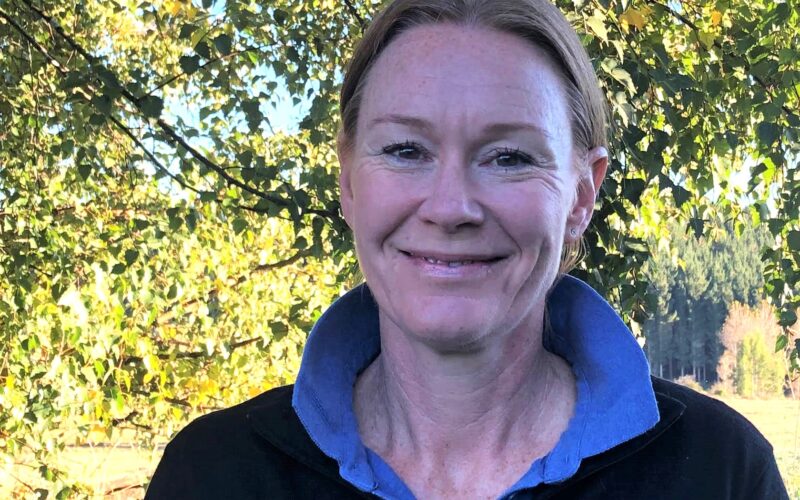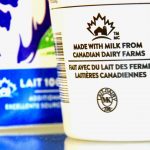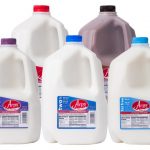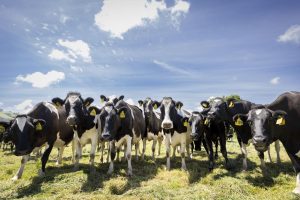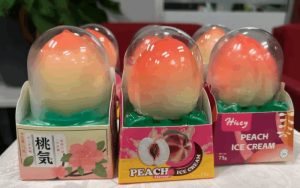
Resource covers the period from a heifers first winter to when she enters the milking herd.
Dairy farmers and graziers now have access to industry-agreed advice for managing worms in heifers beyond the calf stage of life.
Wormwise for Dairy Heifers covers the period from a heifer’s first winter to when she enters the milking herd.
Wormwise programme manager Ginny Dodunski said it’s critical that farmers get familiar with the principles so they can start reducing reliance on failing chemicals to manage worms in their young stock.
“This age group is probably where we see the most variation in on-farm practice for worm control,” she said.
“I see some animal health plans where this age group continues to be given monthly drenches, which is entirely unnecessary, while on other properties, heifers continue to perform and grow really well with no or minimal treatments after about nine months of age.”
The Wormwise for Dairy Heifers resource details the development of worm immunity in heifers and how farmers can speed this up while achieving good growth rates, and covers sustainable drench use.
In general, immunity to worms in heifers is strongly linked to how well grown they are, and the quantity and quality of feed on offer.
Exposure to high numbers of worm larvae on pasture does not drive faster development of immunity. In fact, the reverse is often true, as a high daily intake of worms slows growth rates, meaning heifers take longer to get to a size where they can cope with worms, and in the meantime, more doses of drench are given.
Pasture that has carried only calves over summer and autumn can present high levels of worm challenge to older heifers and necessitate worm treatments that wouldn’t be required if the worm challenge was lower.
This situation is further complicated where worms are becoming resistant to drenches used in calves, and the challenge to heifers carries a high component of drench-resistant worms.
Systems where other stock clean up after calves, or where forage crops, re-grassing or supplements are part of the mix, can reduce worm challenge to heifers.
Farmers should ensure that the drenches they are using in their heifers are effective – recent data indicates that drench-resistant worms are present on a high proportion of dairy support properties.
“Recipes” for drench use are no longer appropriate and drench choices and timing should be based on farm-specific monitoring.
You can now read the most important #news on #eDairyNews #Whatsapp channels!!!
🇺🇸 eDairy News INGLÊS: https://whatsapp.com/channel/0029VaKsjzGDTkJyIN6hcP1K
